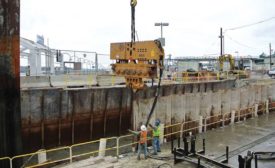Home » Keywords: » Seawall Construction
Items Tagged with 'Seawall Construction'
ARTICLES
Best Projects
The jobsite of ENR New York’s Best Specialty Construction Project winner in 2021 couldn’t have been more challenging.
Read More
The latest news and information
#1 Source for Construction News, Data, Rankings, Analysis, and Commentary
JOIN ENR UNLIMITEDCopyright ©2024. All Rights Reserved BNP Media.
Design, CMS, Hosting & Web Development :: ePublishing






